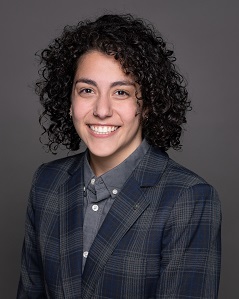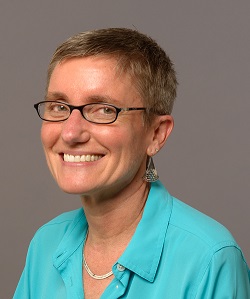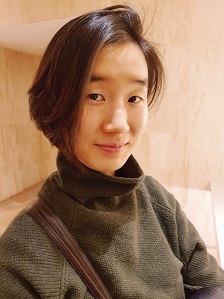|
|
 |
 |
|
| Sally Kim, National Museum of the American Indian |
Margalit Schindler, Pearl Preservation |
Joelle Wickens, Ph.D., University of Delaware |
The link to the recording of the webinar "Understanding and Advocating for your Artwork" can be found under Webinar Recordings.
Tip 1 - Ask yourself how much you want your artwork to change over time. Do you want the colors to fade? Will you be ok if a tape loses its ability to stick? If you want the physical form of your work to remain stable, then consider the nature of the materials you are using to create it. Some are much more inherently stable than others. Here are a few resources you can use to learn more and connect with experts in material stability.
- https://mkpreventive.com- resources tab and then information for artists
- https://ccaha.org- education tab then guides & fact sheets - here you will find many useful documents including preventive conservation for artists and preservation glossary
Tip 2 - When your artwork is done and ready to leave your studio:
- If it needs to be hung, include mounting instructions. If it will need to be repacked, include packing instructions.
- Include care instructions and perhaps a vision statement about how you hope it will look 50 years from now. Should it ever need conservation this statement would be a great help. Want to know more about collecting this kind of information from artists? Visit the resources tab on https://voca.network
- Pack it carefully, whether it is going across the street or across the country. You can use a fine art shipper but there are also many videos to guide you as you do it yourself.
- For a painting -https://www.youtube.com/watch?v=v7HPKy5sW30
- For a sculpture -https://www.youtube.com/watch?v=TybOpDTh8e4
- Consider a loan agreement or care guidelines, to establish expectations for care, for both individuals and institutions who are borrowing or purchasing your art. This is a great way to advocate for yourself and your artwork.
Tip 3 - Stay organized
- Try labeling or numbering your works to help keep track of location, material, etc.
- Consider a collection care protocol for artworks still in your studio. Consider risks such as light, water, and dust in active studio spaces.
- Some artists are interested in digitizing old works or creating new digital work. Consider file-naming protocols, storage requirements, and backups.
Tip 4 - There are professionals in the field of conservation who identify as having disabilities! The F/AIC Accessibility Survey was conducted in 2021, and the final report will be published shortly in time for the National Disability Employment Awareness Month (NDEAM). The link to the report will be shared when it is published. We plan to make it available in the public domain. In the meantime, more information about the survey can be found here: https://www.culturalheritage.org/membership/committees/equity-and-inclusion/equity-inclusion-resources/accessibility-survey.
- A roundtable discussion between three conservators who identify as having disabilities was published in the 2020 VoCA journal. It can be read here: https://journal.voca.network/a-silent-roundtable-discussion/
Tip 5 - Are you interested in knowing what roles and responsibilities of conservators are? Also, what are the positions available in the field? If you answered YES to both questions, then here is the link to Canadian Association of Professional Conservators (CAPC). It provides a good introduction to different positions in the field of conservation: https://capc-acrp.ca/en/what-is-conservation/publications/conservation-hiring-resource-for-heritage-organizations
- What is working as a conservation professional like? Interviews with conservators in different specialties from different backgrounds can be found here:https://www.culturalheritage.org/membership/groups-and-networks/emerging-conservation-professionals-network/programs/education-training-interviews/specialty-groups
- There are “Ask a Conservator Days.” It will take place on November 4th, 2022! Use the hashtag #AskAConservator on social media to find conservators and ask questions you want to know about the field.
If you have any questions, please feel free to contact us at the email addresses below:
Sally G. Kim: [email protected]
Margalit Schindler: [email protected]
Joelle D. J. Wickens: [email protected]

